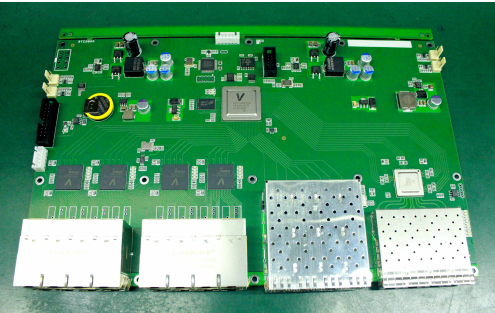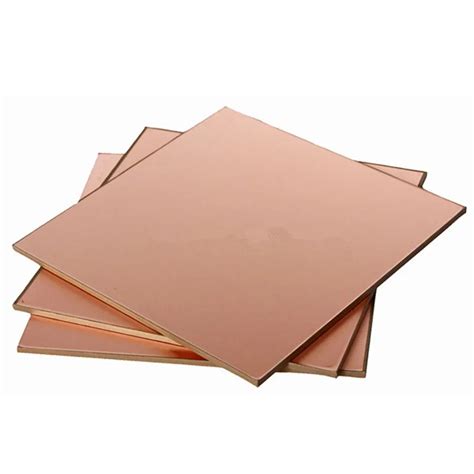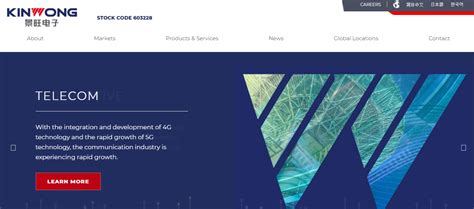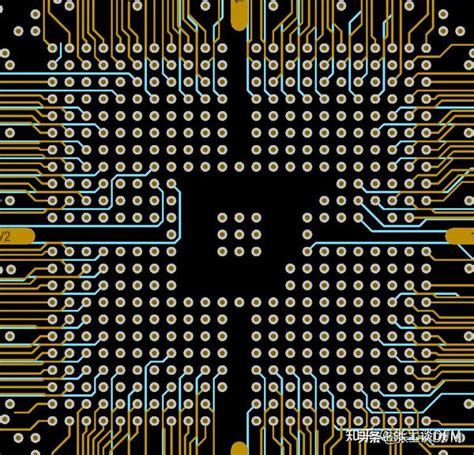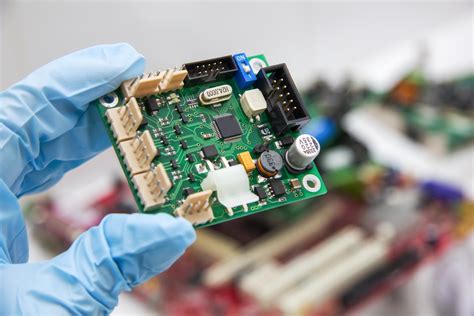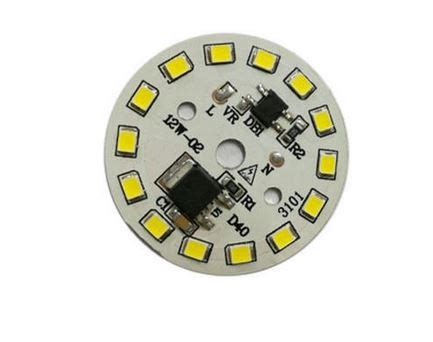PCBA Production: A Comprehensive Guide
Introduction
Printed Circuit Board Assembly (PCBA) production is a critical process in the manufacturing of electronic devices. It involves the assembly of various electronic components onto a printed circuit board (PCB) to create a functional electronic circuit. The PCBA process is complex and requires careful planning, precise execution, and rigorous quality control to ensure the final product meets the desired specifications and performance standards. This article provides a comprehensive guide to PCBA production, covering various aspects such as design considerations, material selection, assembly techniques, testing, and quality assurance. By understanding these elements, manufacturers can optimize their PCBA production process to achieve high-quality, reliable, and cost-effective electronic products.
1. Design Considerations for PCBA Production
1.1 Schematic Design
The first step in PCBA production is the schematic design, which involves creating a detailed diagram of the electronic circuit. The schematic design serves as a blueprint for the PCB layout and assembly process. Key considerations during schematic design include:
- Component Selection: Choose components that meet the electrical and mechanical requirements of the circuit. Consider factors such as power rating, tolerance, and package size.
- Signal Integrity: Ensure that the design maintains signal integrity by minimizing noise, crosstalk, and signal reflections.
- Power Distribution: Design an efficient power distribution network to ensure stable voltage levels and minimize power losses.
1.2 PCB Layout
Once the schematic design is complete, the next step is the PCB layout. The layout involves placing components and routing traces on the PCB. Key considerations during PCB layout include:
- Component Placement: Place components in a way that minimizes trace lengths, reduces noise, and facilitates efficient assembly. Group related components together and consider the thermal management of heat-generating components.
- Trace Routing: Route traces to minimize signal interference and ensure proper impedance matching. Use appropriate trace widths and spacing to handle the required current and voltage levels.
- Layer Stackup: Design the layer stackup to optimize signal integrity, power distribution, and thermal management. Use multiple layers if necessary to accommodate complex circuits.
1.3 Design for Manufacturability (DFM)
Design for Manufacturability (DFM) is a critical aspect of PCBA production. DFM involves designing the PCB in a way that makes it easy and cost-effective to manufacture. Key DFM considerations include:
- Component Orientation: Align components in the same direction to streamline the assembly process.
- Pad and Trace Sizes: Use standard pad and trace sizes to avoid custom tooling and reduce manufacturing complexity.
- Clearance and Spacing: Ensure adequate clearance and spacing between components to prevent assembly issues.

2. Material Selection for PCBA Production
2.1 PCB Substrate Materials
The choice of PCB substrate material can have a significant impact on the performance and cost of the PCBA. Common substrate materials include:
- FR-4: A widely used, cost-effective material suitable for most applications.
- High-Frequency Materials: Such as Rogers or Teflon, used for high-frequency applications requiring low dielectric loss.
- Flexible Materials: Such as polyimide, used for flexible PCBs in applications requiring bending or folding.
2.2 Component Selection
Selecting the right components is crucial for the performance and reliability of the PCBA. Key considerations during component selection include:
- Electrical Specifications: Ensure that components meet the required electrical specifications, such as voltage, current, and frequency.
- Package Type: Choose components with package types that are compatible with the assembly process, such as Surface Mount Technology (SMT) or Through-Hole Technology (THT).
- Availability and Cost: Consider the availability and cost of components to ensure timely production and cost-effectiveness.
2.3 Solder and Adhesives
The choice of solder and adhesives can impact the quality and reliability of the PCBA. Key considerations include:
- Solder Type: Choose the appropriate solder type, such as lead-free solder for RoHS compliance or high-temperature solder for high-reliability applications.
- Solder Paste: Use solder paste with the appropriate viscosity and particle size for the assembly process.
- Adhesives: Select adhesives that provide the necessary mechanical strength and thermal stability for the application.
3. Assembly Techniques for PCBA Production
3.1 Surface Mount Technology (SMT)
Surface Mount Technology (SMT) is a widely used assembly technique that offers several advantages, including high component density, improved electrical performance, and cost-effectiveness. The SMT process involves the following steps:
- Solder Paste Application: Apply solder paste to the PCB using a stencil or screen printing process.
- Component Placement: Place surface mount components onto the solder paste using a pick-and-place machine.
- Reflow Soldering: Pass the PCB through a reflow oven to melt the solder paste and form solder joints.
3.2 Through-Hole Technology (THT)
Through-Hole Technology (THT) is used for components that require strong mechanical bonds or high power handling. The THT process involves the following steps:
- Component Insertion: Insert through-hole components into the PCB manually or using an automated insertion machine.
- Wave Soldering: Pass the PCB over a wave soldering machine to form solder joints on the underside of the board.
3.3 Mixed Technology Assembly
In some cases, a combination of SMT and THT may be required. The mixed technology assembly process involves:
- SMT Assembly: Perform SMT assembly first, including solder paste application, component placement, and reflow soldering.
- THT Assembly: Perform THT assembly next, including component insertion and wave soldering.

4. Testing and Quality Assurance in PCBA Production
4.1 Automated Optical Inspection (AOI)
Automated Optical Inspection (AOI) is a critical quality control tool in PCBA production. AOI systems use high-resolution cameras and image processing software to detect defects such as soldering issues, missing components, and misaligned parts. By catching defects early, AOI helps reduce rework and scrap costs.
4.2 In-Circuit Testing (ICT)
In-Circuit Testing (ICT) is another essential quality assurance tool. ICT involves using test probes to check the electrical performance of individual components and circuits on the PCB. ICT can quickly identify faults such as open circuits, short circuits, and incorrect component values, ensuring that only high-quality PCBs move to the next stage of production.
4.3 Functional Testing
Functional testing involves testing the assembled PCB to ensure it performs as intended. This type of testing is crucial for verifying that the PCB meets the required specifications and functions correctly in its intended application. Functional testing can be automated to reduce labor costs and improve consistency.
4.4 Environmental Testing
Environmental testing evaluates the PCB’s performance under various environmental conditions, such as temperature extremes, humidity, and vibration. While environmental testing adds to the overall cost, it is essential for ensuring the reliability and durability of the PCB, particularly in demanding applications.
5. Cost-Saving Strategies in PCBA Production
5.1 Economies of Scale
One of the most effective ways to reduce PCBA production costs is to take advantage of economies of scale. By increasing production volume, manufacturers can spread fixed costs over a larger number of units, reducing the cost per unit. Strategies to achieve economies of scale include:
- Bulk Production: Produce PCBs in large batches to reduce per-unit costs.
- Long-Term Contracts: Establish long-term contracts with suppliers to secure lower prices for materials and components.
5.2 Outsourcing Assembly
Outsourcing PCBA production to specialized manufacturers can be a cost-effective strategy, especially for small to medium-sized companies. Benefits of outsourcing include:
- Lower Labor Costs: Outsourcing to regions with lower labor costs can significantly reduce assembly expenses.
- Access to Advanced Technology: Specialized assembly manufacturers often have access to the latest technology and equipment, improving quality and reducing costs.
- Reduced Overhead: Outsourcing eliminates the need for in-house assembly facilities, reducing overhead costs.
5.3 Lean Manufacturing
Implementing lean manufacturing principles can help reduce waste and improve efficiency in PCBA production. Key lean manufacturing strategies include:
- Just-In-Time (JIT) Production: Produce PCBs only as needed to reduce inventory costs and minimize waste.
- Continuous Improvement: Regularly review and optimize assembly processes to identify and eliminate inefficiencies.
- Quality Control: Implement robust quality control measures to reduce defects and rework, lowering overall costs.
5.4 Design Reuse
Reusing existing PCB designs can save time and reduce development costs. By leveraging proven designs, manufacturers can avoid the costs associated with designing and testing new PCBs. Strategies for design reuse include:
- Modular Design: Develop modular PCB designs that can be easily adapted for different applications.
- Component Standardization: Standardize components across multiple designs to simplify procurement and reduce costs.
- Design Libraries: Maintain a library of proven PCB designs and components for quick reference and reuse.
Conclusion
PCBA production is a complex and multifaceted process that requires careful consideration of design, materials, assembly techniques, testing, and quality assurance. By optimizing each stage of the production process, manufacturers can achieve high-quality, reliable, and cost-effective electronic products. As the demand for electronic devices continues to grow, mastering the art of PCBA production will be essential for staying competitive in the market. By following the guidelines outlined in this article, manufacturers can ensure the success of their PCBA production process and deliver high-quality electronic products to their customers.

